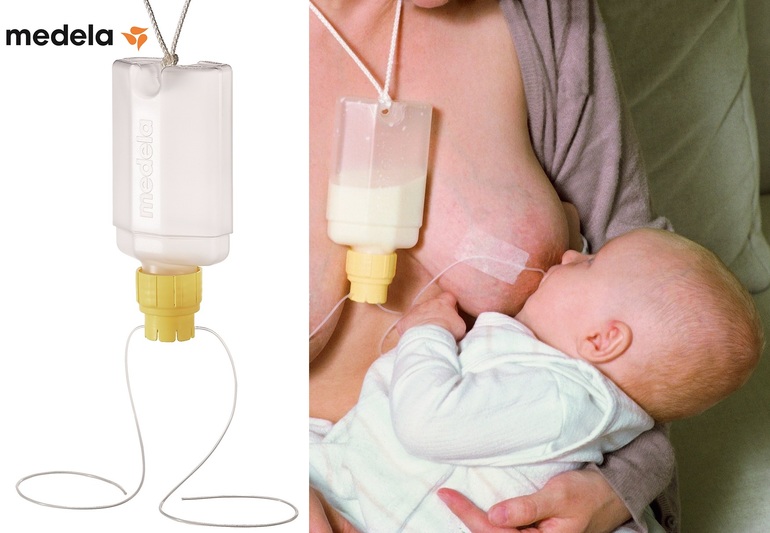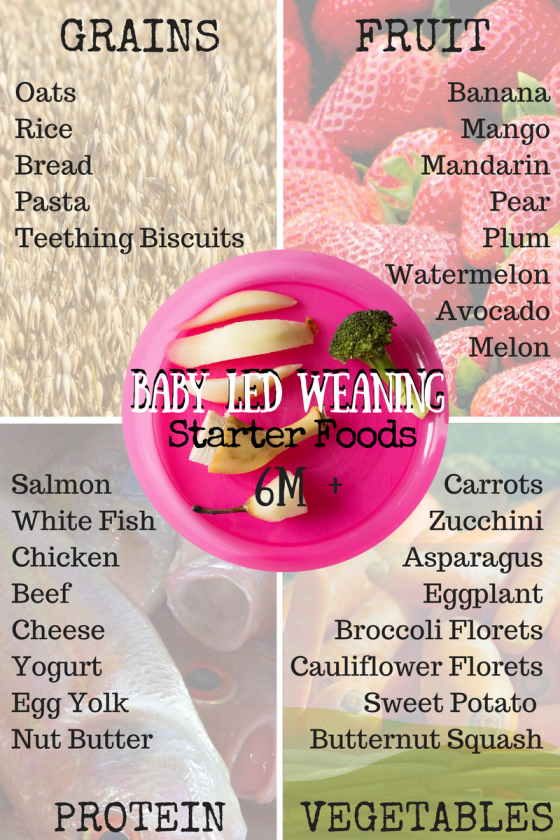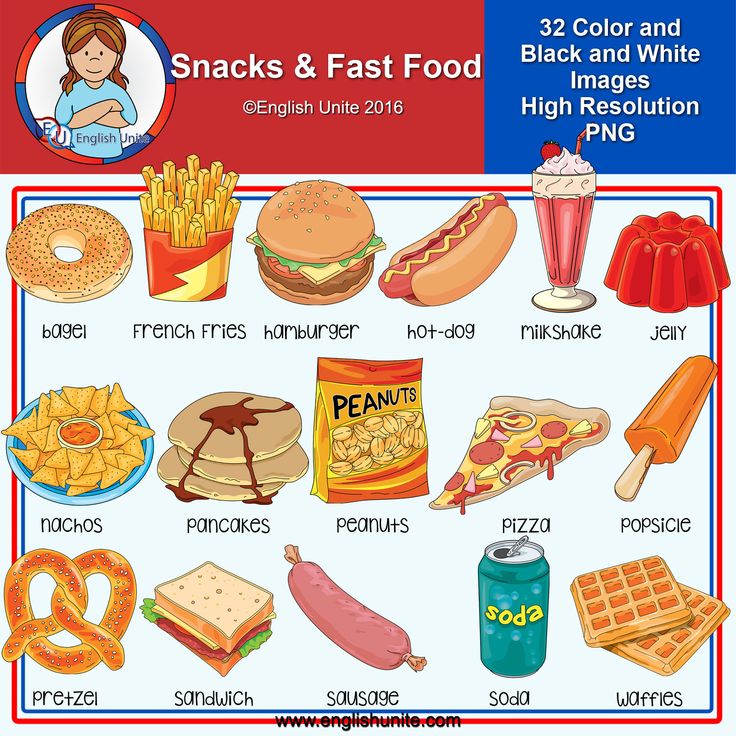Triple feeding baby
Triple... What? One Mama's Triple Feeding Journey
This inspiring lactation story of resilience was written by LWC Client, Susan Trindle.
Suck suck suck suck suck suck suck. That is what my sweet newborn was doing at my breast for thirty minutes at a time, ten to twenty times a day in his first two weeks of life. I reveled in that time, even the all-nighters, even the cluster feeding, because I was surviving on that first-time mom feel-good soup. Then we went to his two-week pediatrician appointment and found out that my son had lost weight. In that moment in my motherhood journey I learned that just when I thought I had been pushed to my absolute limit, I’d be asked to yield more. It suck suck suck suck suck suck sucked.
I was surprised by his weight loss for a few reasons. For starters, he felt huge compared to when he was born. His head was bigger. His body was noticeably longer. Also, he was wetting lots of diapers and having the appropriate number of stools per day. It turns out my breast compressions were milking my breast milk into his mouth, but he was not efficiently transferring much on his own. Just enough to fool me.
We got a same-day appointment with a lactation consultant at Lifecycle WomanCare and it was confirmed: he had lost weight. He also was not making swallow sounds. I hadn’t noticed! It was incredibly hard for me to process and I felt like I had failed. I suck suck suck suck suck suck suck.
We created a game plan to start triple feeding immediately and we would return after the weekend for a weight check. Triple feeding means you breastfeed, then pump, and then bottle feed the pumped milk and this process is repeated 8 to 10 times per day. It is a strategy that helps in two ways: it increases mom’s milk supply and it helps baby gain weight. It is intense.
I already felt pushed to my edge. How was I going to do all this work? Also, even with perfect adherence to a triple feeding regimen there is no guarantee that I would exclusively breastfeed. In fact, when I asked what our odds were of getting him back on the breast, I learned that many people will change feeding strategies after a short period of time as triple feeding is not a sustainable process.
In fact, when I asked what our odds were of getting him back on the breast, I learned that many people will change feeding strategies after a short period of time as triple feeding is not a sustainable process.
Pumping or using formula are wonderful options for feeding babies and there is a happy hybrid of breastfeeding and bottle feeding that can be used. But for the time I wanted to honor my desire to breastfeed my son. Not specifically for the health benefits or the convenience, but simply because I wanted to breastfeed or at least to leave no stone unturned to do so. It was a strong longing that served as my motivation for weeks.
I decided I would triple feed for six weeks and make the decision to exclusively pump with occasional breastfeeding or to switch to formula if my son did not “get it.” That first night we introduced bottles, my husband got ready to pace feed and I turned to him and asked if I could do the first one and said, “I just want to feed my baby.” I was crying.
I started power pumping to boost my supply up and was lucky. Within two days my breasts were leaking in the mornings again. I made a pumping station in three rooms of our house and tracked my output. I bought more bottles and pumping bras. I followed an exclusive pumper on Instagram. I invested in a portable pump to free myself of the cord. I attended the lactation Zoom support group meetings led by the lactation team at the birth center. I drove to PT appointments. I cried. I had breast pain. I had doubt. I got support from other moms who triple fed. They told me it was OK, fed is best, that I was doing great, let them know how it’s going. My husband let me vent. He reassured me. My friends checked in. Some of them had also triple fed. Some of them sent food.
I used a syringe as a makeshift SNS that put milk into my son’s mouth while he tried to suck. It felt good to stay skin-to-skin and to watch his profile as he ate that way. I used a nipple shield. The shield would fill with milk when I let down and my son would drink it from there. His suck sucked.
His suck sucked.
We did weighted feeds every ten days or so. It would take over an hour for him to transfer an ounce. I was encouraged by my lactation consultant. I was given permission to stop. I was given some things to try: only pump and give bottles overnight, get help with bottles, get more sleep.
Finally something changed. Five and a half weeks into triple feeding I had a follow-up appointment and was asked how it was going. I said I felt tugging while he fed for the FIRST TIME the past week of feeds! Then my baby transferred 3.8 ounces in 25 minutes. For reference at his initial appointment he had only transferred 0.3 ounces in about that time. We celebrated; we took a picture. My husband took me out on the town, and I proudly breastfed in public for the first time.
I type this as my son eats for the seven minutes it takes him to fill up. I type to the rhythm of suck swallow suck swallow suck swallow. Sigh.
We need a book about pregnancy and the postpartum period called Expect the Unexpected When You’re Expecting. It would have just three lines in it and would include everything I have learned.
It would have just three lines in it and would include everything I have learned.
You are enough. You are not alone. You are part of a great village.
It would also have Lifecycle WomanCare’s office phone number. And mine.
Do you want to share your LWC lactation story? Email us at [email protected].
Ready to set up a consultation with our knowledgeable lactation team? Give us a call at 610.525.6086.
Triple Feeding - Nursing, Pumping, and Bottle Feeding
Get the Exclusive Pumping Playbook! Shop Now
Home » Bottle Feeding Breast Milk » Triple Feeding – Nursing, Pumping, and Bottle Feeding
Created On:  | Updated: | By Amanda | 34 Comments
After I had my first baby, I spent the first three weeks struggling with nursing. Because he wasn’t gaining weight, before we left the hospital, the doctor recommended “triple feeding” – or nursing, pumping, and bottle feeding – each time I fed my baby.
Triple feeding is difficult and exhausting, but can lead to a successful breastfeeding relationship (whether that ends up being nursing or exclusive pumping). Here’s how to make it work.
This post may contain affiliate links, which means that if you click a link and take action, I may make a small commission at no additional cost to you. I only recommend products I love! More info here.
What is triple feeding?
As mentioned above, triple feeding means that you do three things every time you feed your baby – nurse, pump, and bottle feed.
The idea is that first you nurse your baby as much as you can, then, if your baby is still hungry, you top him off with a bottle of either pumped breast milk or formula. (This is also sometimes called “breast is best but follow with a bottle.”)
Then, to make sure your supply stays even with what your baby is taking, you pump in order to remove as much milk as possible from your breasts. (You can then bottle feed whatever you pump to your baby at a later feeding.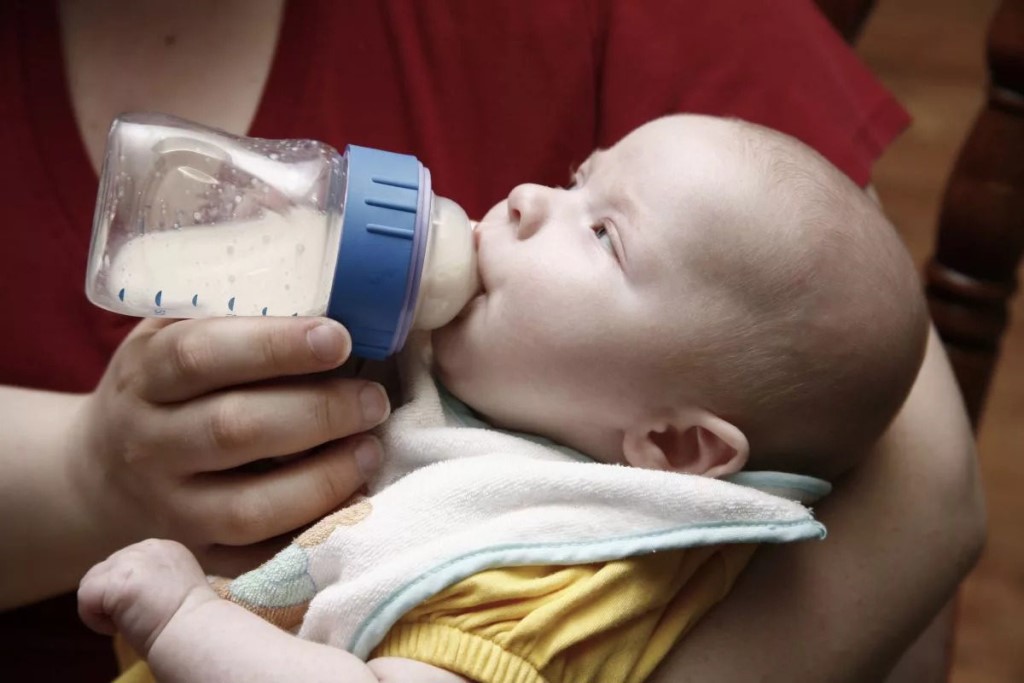 )
)
Why would you triple feed?
Nursing moms generally end up triple feeding when their baby isn’t gaining sufficient weight from nursing alone. This can happen for a number of reasons – some babies who were in the NICU have a hard time switching from breast to bottle, for example.
The goal is to keep the baby fed, both via nursing and the top up from the bottle, while continually working on nursing so that eventually the pumping and bottle feeding steps can stop.
How can you make nursing, pumping, and bottle feeding easier?
Here are seven ways to make triple feeding manageable.
1. Get a hands-free pumping bra.Since you’re going to be spending a lot of time pumping, you need to be able to do other things while you pump.
A hands-free bra or a hands-free breast pump can be life-changing! You can get stuff done on a laptop, eat dinner or even just relax a little bit while you do the pumping step.
2. When possible, get someone else to do the bottle feeding step.
If you have a partner or another caregiver around when you finish nursing, ask them to do the bottle feeding while you get started pumping.
This is the step you can hand off to someone else, so don’t be afraid to do.
3. When that’s not possible, see if you can do the bottle feeding step while you pump.If you pump with a hands-free bra, you might be able to pump and bottle feed at the same time. Some babies need a lot of burping or to be held at a special angle due to reflux, and this might not be possible for those babies.
However, if you can lay your baby in your lap (or next to you on a Boppy or bouncer) and feed while you pump, this will save you 10-15 minutes each feeding session, or almost two hours total each day.
Here’s what that might look like:
4.
View this post on Instagram
A post shared by Exclusive Pumping (@exclusive_pumping) on
 It’s okay to skip either the nursing step or the pumping step once in awhile.
It’s okay to skip either the nursing step or the pumping step once in awhile.In most cases you should try to do all three steps to make sure you keep your supply up and your baby learns to nurse.
However, burnout is a real concern. If you need to take a break and skip nursing or pumping once a day to save your sanity, it will be okay.
5. If you’re having pain with nursing or pumping, don’t just grin and bear it – see if you can fix the issue.Ideally, nursing and pumping should not hurt. If you’re having pain while nursing and you’re not working with a lactation consultant, it might not be a bad idea to see one to see there is an issue with your latch.
If you’re having pain while pumping, the most common issue is incorrect flange sizes or elastic nipples. Pumpin Pals or a few other options might be able to help.
There are also a few other things that could be causing nipple pain while pumping – here is a rundown.
6. If possible, do something you enjoy while nursing/pumping.
If possible, do something you enjoy while nursing/pumping.Watch Netflix, read on your Kindle, or talk on the phone – whatever you can do to take a break.
If that’s not possible and you need to wrangle your baby while you pump, here’s how to do it.
7. Let as much go around the house and in your life as you can.You cannot keep your house perfectly clean and cook when you are spending an hour and a half feeding your baby eight times a day.
That is 12 hours a day, and no one who works 12 hours a day gets everything else in their lives done – they either have help, or it just doesn’t get done.
8. Remember that this isn’t forever.Triple feeding is something that should be very temporary – a way to keep your supply up while you and your baby figure out nursing.
Hopefully, you can switch to nursing fairly quickly, and if that doesn’t work out, either exclusively pumping or formula feeding are good options too. Whatever you choose, you are doing a great job!
Whatever you choose, you are doing a great job!
How do you transition from triple feeding to nursing?
To transition from triple feeding to nursing, you’d reduce the amount that you’re topping your baby off after a nursing session until the top offs aren’t necessary. This could be gradual or abrupt – as soon as your baby is getting what he needs from nursing, you don’t need to pump and bottle feed anymore.
How do you know when he’s getting enough from nursing?
One option is to get a baby scale and weigh baby before and after nursing. The difference in weight is the amount he took. (Poop can complicate this, so try to weigh as soon as you’re done feeding, and don’t change baby’s clothes or anything.)
How do you transition from triple feeding to exclusive pumping?
Once you decide you what to exclusively pumping, you can just drop the nursing step.
If you want, you can continue to comfort nurse if you’d like, or you can continue one triple feeding session a day to keep working at nursing.
Have you used triple feeding to feed your baby? Give us all your tips in the comments!
posted in: Bottle Feeding Breast Milk
Featured on:
As am Amazon associate I earn from qualifying purchases.
Various breastfeeding positions
Try different breastfeeding positions to find the one that works best for you and your baby. You can see the options in our selection of photos
Share this information
There is no right or wrong way to hold the baby while
feeding, and mom and baby are sure to find their favorite position.
It is important that both you and your child feel comfortable. 1.2 It's good to learn a few different breastfeeding positions and techniques because life's circumstances often require us to be flexible, especially as your baby gets older and you start to leave the house more often.
Whatever position you choose to breastfeed your baby, remember a few simple rules.
- Prepare everything you need before feeding, including drinks, food, mobile phone, TV remote control, book or magazine. And do not forget to go to the toilet - the feeding process can take a long time!
- Make sure your baby is comfortable. Whichever position you choose, it's important to keep your baby strong, level, and provide good support for their head, neck, and spine.
- You should also be comfortable. Don't stress. If necessary, use pillows of different sizes or rolls of towels to support your back or arms.
- Make sure your baby is latching on correctly. Proper grip is the key to comfort when breastfeeding.
- If your baby does not latch on well or you experience pain while feeding, contact a lactation consultant for help. The specialist will also be able to show you how to hold your baby more comfortably.
1. Relaxed feeding or reclining position
The relaxed feeding position, also known as biological feeding, 1 is often the first position for most mothers. If, immediately after birth, the baby is placed on the mother’s chest or stomach, normally, he instinctively reaches for the breast and tries to grab the nipple. This phenomenon is known as the breast seeking reflex. Skin-to-skin contact stimulates the infant's feeding instinct, and gravity helps him to latch onto the breast and maintain balance.
If, immediately after birth, the baby is placed on the mother’s chest or stomach, normally, he instinctively reaches for the breast and tries to grab the nipple. This phenomenon is known as the breast seeking reflex. Skin-to-skin contact stimulates the infant's feeding instinct, and gravity helps him to latch onto the breast and maintain balance.
But it's not just newborns that can be fed in the reclining position - this position is great for babies of all ages. It can be especially helpful if your baby does not latch well in other positions or does not like to be touched during feeding, and also if you have too much milk flow or too large breasts. Isabelle, a mother from the UK, shares her experience: “I had large breasts, and the baby was born small - 2.7 kg, so it was not easy to find a comfortable position at first. After a few weeks, it became clear that there was no “correct” posture for me. As a result, I most often fed lying down, putting the baby on my chest. ”
It is more convenient to feed not lying flat on your back, but half-sitting, leaning on pillows. So you will have a back support and you will be able to watch the baby during feeding.
So you will have a back support and you will be able to watch the baby during feeding.
2. Cradle position
This is the classic
first thought of breastfeeding. Mom sits straight
, and the baby lies on her side on her arm, pressing his stomach against her stomach. 3 Although this is a very popular position, it is not always easy to master with newborns because it gives the baby less support. Try putting a pillow under your back, and put a special breastfeeding pillow on your knees and lean on it with your hands. So you can more reliably support the child, without overstraining your back and shoulders. Just make sure that the baby does not lie too high on the pillow for feeding. The breast should remain at a natural level so that the baby can grab it without effort, otherwise sore nipples cannot be avoided.
“I breastfed in the cradle position because it suited me perfectly! It was comfortable and I loved just sitting and looking at my little one,” recalls Rachel, a mother of two from Italy.
3. Cross Cradle
This breastfeeding position looks almost the same as Cradle, but the baby is on the other arm. 3 This gives your baby support around the neck and shoulders so he can tilt his head to latch on. This position is great for breastfeeding newborns and small babies, as well as for babies who do not latch well. Since the baby lies completely on the other hand, it becomes easier to control his position and you can adjust the chest with your free hand.
Julie, a UK mother of two, finds this position very practical: “I usually breastfeed my youngest in the cross cradle position. So I have a free second hand, and I can take care of an older baby at the same time. ”
Do not hold the baby's head at first, otherwise you may inadvertently press his chin against his chest. Because of this, the child will not be able to take the breast deeply, because the nipple will rest against the base of the tongue, and not against the palate, which will lead to inflammation of the nipples. As the child grows, this position becomes more comfortable, and he can rest his head on your palm (as shown in the photo above).
As the child grows, this position becomes more comfortable, and he can rest his head on your palm (as shown in the photo above).
4. Underarm breastfeeding
In this position, also known as the “ball grip”, the mother sits with the baby lying along her arm at the side, legs towards the back of the chair (or any other seat). 3 Another comfortable position for newborn breastfeeding, you can give your baby good support, full control of his position and a good view of his face. And the baby feels safe in close contact with the mother's body. This position is especially good for those who have had a caesarean section or a premature birth, as well as mothers of twins and women with large breasts.
“When I breastfed my first daughter, I had very large K-sized breasts—twice the size of her head,” recalls Amy, an Australian mother of two. - I put rolls of towels under each breast, because they were very heavy, and fed my daughter in a pose from under the arm, but only sitting straighter so as not to crush her. This position was also convenient because I had a caesarean section and could not put the baby on my stomach.”
This position was also convenient because I had a caesarean section and could not put the baby on my stomach.”
5. Side-lying position
The side-lying position is ideal for a relaxed
nighttime feeding in bed or on the couch. If you had a
caesarean section or ruptures during childbirth, this position may be more comfortable than sitting down. 3 In this position, mother and baby lie side by side, tummy to tummy.
“It was difficult for me to sit during endless night feedings, firstly because of the caesarean section, and secondly because of lack of sleep,” recalls Francesca, a mother from the UK. “And then I discovered that you can feed your baby lying on your side and rest at the same time.”
“Because of the short tongue frenulum, Maisie could only properly latch on to her breasts while lying on her side. The lactation consultant showed me how it's done. In this position, the flow of milk was optimal for my daughter, and it was easier for her to keep the nipple in her mouth. As she got older, she became much better at grabbing her breasts in normal positions,” says Sarah, mother of two from Australia.
As she got older, she became much better at grabbing her breasts in normal positions,” says Sarah, mother of two from Australia.
6. Relaxed breastfeeding after caesarean section
If you can't find a comfortable position for breastfeeding after caesarean section, 3 try holding the baby on your shoulder in a reclining position – this does not stress the postoperative suture and allows you to breastfeed your baby comfortably. You can also try side feeding.
7. Sitting upright breastfeeding or “koala pose”
When breastfeeding in an upright position or “koala pose”, the baby sits with a straight back and a raised head on the mother's hip. 4 This position can be tried even with a newborn if it is well supported, but it is especially convenient for feeding a grown child who can already sit up by himself. The upright sitting position, or “koala pose,” is great for toddlers who suffer from reflux or ear infections and feel better sitting. In addition, this pose may be suitable for children with a shortened frenulum of the tongue or reduced muscle tone.
In addition, this pose may be suitable for children with a shortened frenulum of the tongue or reduced muscle tone.
“When my daughter got a little older, I would often feed her in an upright position, which was more comfortable for both of us, and I could still hold her close,” recalls Peggy, a mother from Switzerland. “Besides, it was possible to discreetly breastfeed her in public places.”
8. Overhanging position
In this position, the baby lies on his back, and the mother bends over him
on all fours so that the nipple falls directly into his mouth. 4 Some moms say this breastfeeding position is good to use occasionally for mastitis, when touching the breasts is especially unpleasant. Some say that this breastfeeding position helps with blockage of the milk ducts, although there is no scientific evidence for this yet. You can also feed in the “overhanging” position while sitting, kneeling over the baby on a bed or sofa, as well as reclining on your stomach with support on your elbows.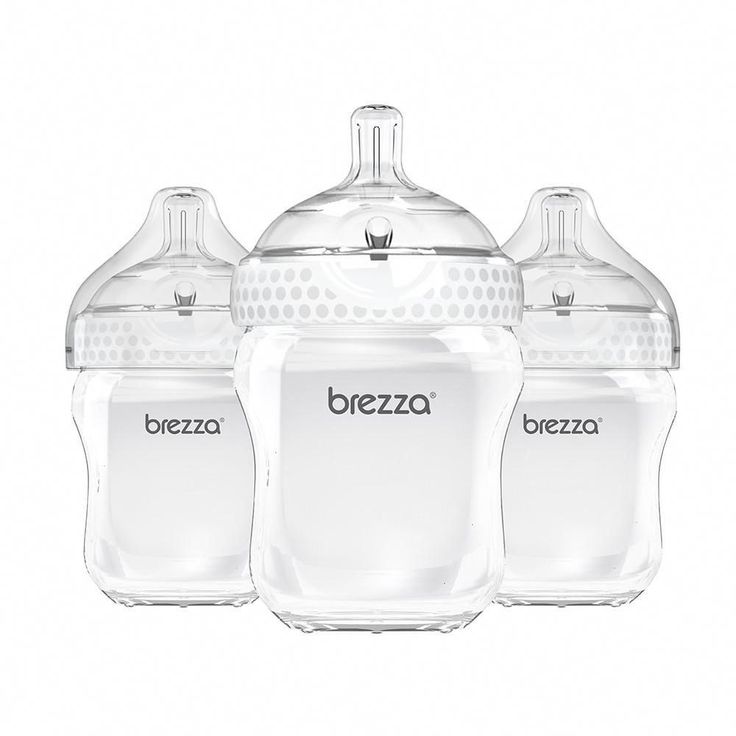 Pillows of various sizes that you can lean on will help you avoid back and shoulder strain.
Pillows of various sizes that you can lean on will help you avoid back and shoulder strain.
“I have breastfed several times in the 'overhang' position for clogged milk ducts when no other means of dissolving the blockage worked. And this pose seems to have helped. I think it's because of gravity, and also because the breasts were at a completely different angle than with normal feeding, and my daughter sucked her differently, ”says Ellie, a mother of two from the UK.
Feeding in the "overhanging" position is unlikely to be practiced regularly, but in some cases this position may be useful.
“I used to breastfeed in the overhang position when my baby was having trouble latch-on,” says Lorna, mother of two in the UK. - This, of course, is not the most convenient way, but then I was ready for anything, if only he could capture the chest. We succeeded and have been breastfeeding for eight months now!”
9. Breastfeeding in a sling or in a sling
Breastfeeding in a sling takes some practice, but it can be used to go out, look after older children, or even do a little household chores.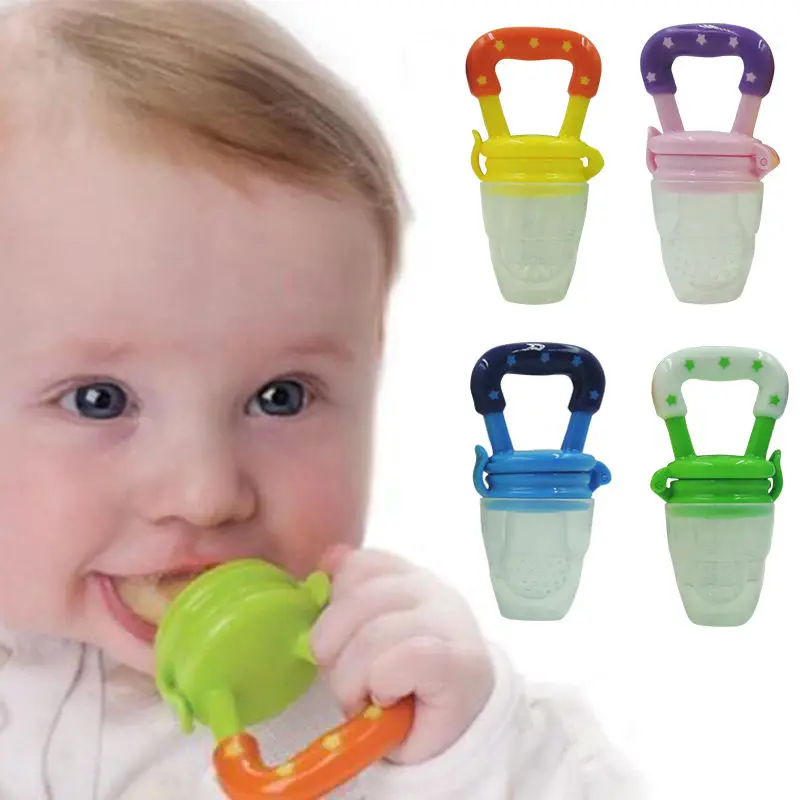
The sling is also useful if the baby does not like to lie down or is often attached to the breast. Lindsey, a mother of two in the US, notes: “I used the carrier frequently for both of my children. When we were out, I tied the sarong around my neck and covered the carrier with it. Under such a cape, the baby can eat as much as he wants until he falls asleep.
This breastfeeding position is best when the baby is already good at breastfeeding and can hold his head up by himself. Any slings are suitable for breastfeeding, including elastic and rings, as well as carrying bags. Whatever option you choose, the main thing is that you can always see the face of the child, and his chin does not rest against his chest.
10. Double hand-held breastfeeding
Double hand-held breastfeeding (or “double-ball grab”) is great for mothers of twins—you can breastfeed both at the same time and keep your arms relatively free. 4 When feeding in this position, it is advisable to use a special pillow for breastfeeding twins, especially at first. It will provide extra support and help keep both babies in the correct position, as well as reduce the burden on the abdomen if you had a caesarean section. In addition, the hands are freer, and if necessary, you can deal with one child without interfering with the second.
It will provide extra support and help keep both babies in the correct position, as well as reduce the burden on the abdomen if you had a caesarean section. In addition, the hands are freer, and if necessary, you can deal with one child without interfering with the second.
“My twins were born very tiny and had to be fed every two hours at any time of the day or night. Very soon it became clear: if I want to do anything besides feeding, I need to feed them both at the same time, - says Emma, mother of two children from the UK. “I breastfed them two by hand using a breastfeeding pillow.”
Other good positions for breastfeeding twins are two criss-cross cradles, one baby in the cradle and the other close at hand, reclining feeding, or sitting upright (one baby on one side, the other on the other).
11. Breastfeeding in the "hand-supported" or "dancer's hand" position
muscle tone (which is typical for premature babies, children suffering from various diseases or Down syndrome), try supporting his head and your chest at the same time.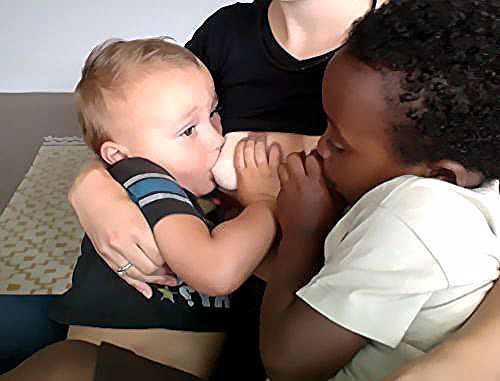 4 Grasp your chest with your palm underneath so that your thumb is on one side and all the others are on the other. Move your hand slightly forward so that your thumb and forefinger form a "U" just in front of your chest. With the other three fingers, continue to support the chest. With your thumb and forefinger, hold the baby's head while feeding so that his chin rests on the part of the palm between them, your thumb gently holds the baby on one cheek, and your index finger on the other. So the baby gets excellent support, and you can control his position and see if he is holding his breast.
4 Grasp your chest with your palm underneath so that your thumb is on one side and all the others are on the other. Move your hand slightly forward so that your thumb and forefinger form a "U" just in front of your chest. With the other three fingers, continue to support the chest. With your thumb and forefinger, hold the baby's head while feeding so that his chin rests on the part of the palm between them, your thumb gently holds the baby on one cheek, and your index finger on the other. So the baby gets excellent support, and you can control his position and see if he is holding his breast.
Literature
1 Colson SD et al. Optimal positions for the release of primitive neonatal reflexes stimulating breastfeeding. Early Hum Dev . 2008;84(7):441-449. - Colson S.D. et al., "Optimal Positions for Provoking Primitive Innate Reflexes to Induce Breastfeeding." Early Hume Dev. 2008;84(7):441-449.
2 UNICEF UK BFHI [ Internet ].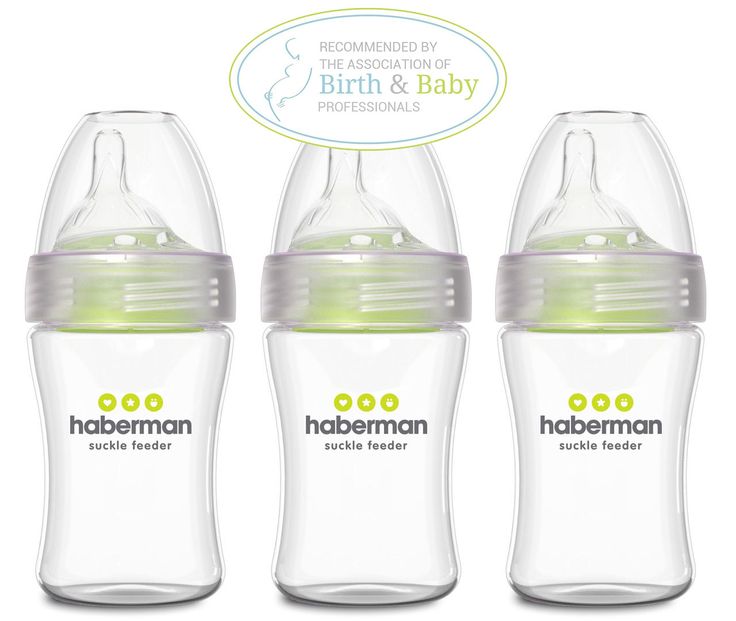 Off to the best start ; 2015 [ cited 2018 Feb ]. - UNICEF UK, Baby-Friendly Hospital Initiative, Start the Best You Can [Internet]. 2015 [cited February 2018].
Off to the best start ; 2015 [ cited 2018 Feb ]. - UNICEF UK, Baby-Friendly Hospital Initiative, Start the Best You Can [Internet]. 2015 [cited February 2018].
3 Cadwell K. Latching - On and Suckling of the Healthy Term Neonate: Breastfeeding Assessment. J Midwifery & Women's Health. 2007;52(6):638-642. — Cadwell, K., "Latching and sucking in healthy newborns: evaluation of breastfeeding." F Midwifery Women Health. 2007;52(6):638-642.
4 Wambach K, Riordan J, editors. Breastfeeding and human lactation. Jones & Bartlett Learning ; 2014. 966 p . - Wambach K., Riordan J., "Breastfeeding and female lactation". Burlington, MA: Publishing House Jones & Bartlett Learning ; 2014. Pp. 966.
Pp. 966.
Nestle Nan Triple Comfort | Powdered infant formula
| Nutritional information | Units | Per 100g dry powder | Per 100 ml ready mix |
|---|---|---|---|
| Energy value | kJ/kcal | 2144/513 | 281/67 |
| Fats | g | 27 | 3.5 |
| Linoleic acid | g | 4.1 | 0.54 |
| Arachidonic acid | mg | 60 | 7.8 |
| Docosahexaenoic acid | mg | 60 | 7. 8 8 |
| Carbohydrates | g | 55.8 | 7.3 |
| Lactose | g | 42.8 | 5.6 |
| Starch | g | 13 | 1.7 |
| Dietary fiber | g | 3.7 | 0.5 |
| Proteins | g | 9.75 | 1.27 |
| Minerals (ash) | g | 2 | 0.3 |
| Sodium | mg | 200 | 26. 1 1 |
| Potassium | mg | 570 | 74.5 |
| Chlorides | mg | 417 | 54.5 |
| Calcium | mg | 363 | 47.5 |
| Magnesium | mg | 64 | 8.4 |
| Vitamin A | IU | 1700 | 222 |
| Vitamin D | IU | 272 | 35.2 |
| Vitamin E | mg | 10 | 1. 3 3 |
| Vitamin K | mcg | 44 | 5.8 |
| Vitamin C | mg | 69 | 9 |
| Vitamin B1 | mg | 0.5 | 0.07 |
| Vitamin B2 | mg | 1.25 | 0.16 |
| Niacin | mg | 5.4 | 0.7 |
| Vitamin B6 | mg | 0.36 | 0.05 |
| Folic acid | mcg | 81 | 10. 6 6 |
| Pantothenic acid | mg | 4.8 | 0.6 |
| Vitamin B12 | mcg | 1.15 | 0.15 |
| Biotin | mcg | 11 | 1.5 |
| Choline | mg | 56 | 7.3 |
| Inositol | mg | 37 | 4.8 |
| Taurine | mg | 32 | 4.2 |
| Carnitine | mg | 15 | 2 |
| Iron | mg | 5. |





